Screws can hold work pieces together in areas where clamps can't reach, and fender washers spread the pressure over a wide area, minimizing the damage to the wood and helping prevent splits in lumber.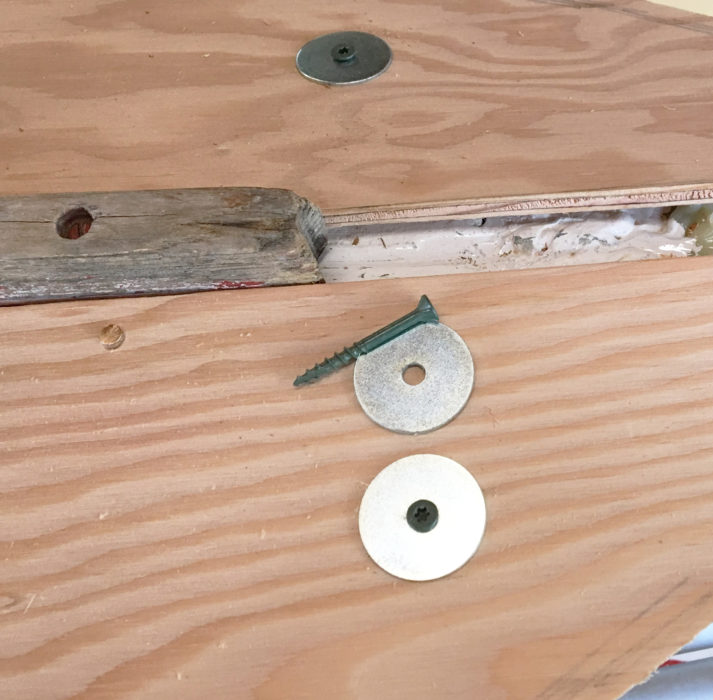 Kent Lewis
Kent Lewis
Join The Conversation
We welcome your comments about this article. To include a photo with your remarks, click Choose File below the Comment box.





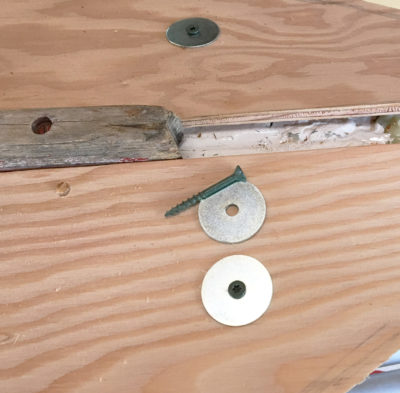
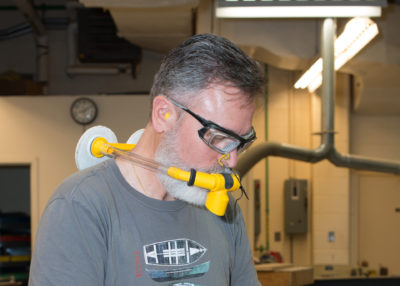
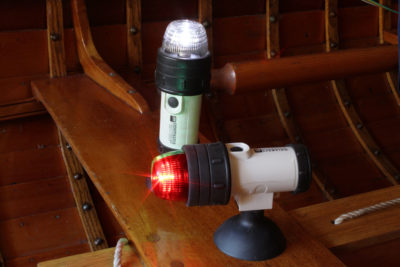
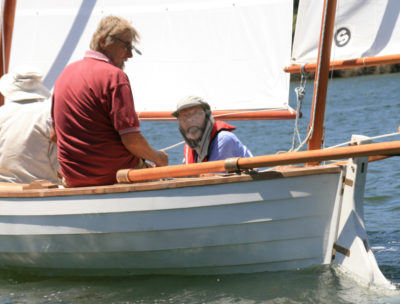
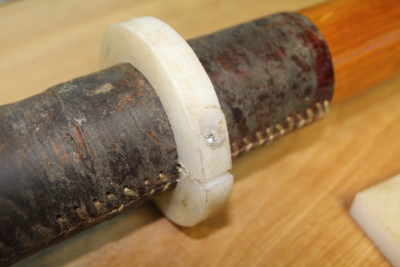

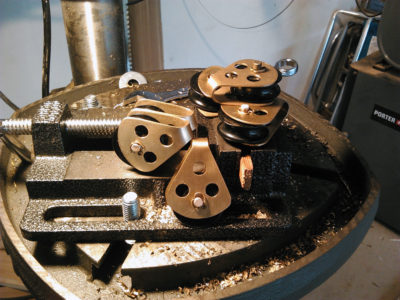
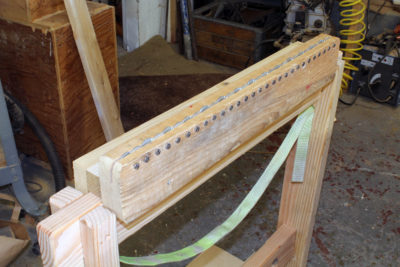
Good article. I much prefer deck screws to drywall screws because they are stronger and not so likely to break off in the wood when securing epoxy-bonded joints. I also find that a hammer-driven impact driver is handy to break the bond of the epoxy to loosen the screws before trying to back them out with a screw driver or power driver.
I’ve used washers in similar ways, it is a very helpful article!
Best,
Roy
I use fender washers all the time. Especially when doing a wood-strip deck. The screw is inserted between the two strips and a fender washer holds them in place. On the outside edge of the strip I use a piece of wood the same thickness as the wood strip to support the unsupported side of the fender washer.
I wrap clear packing tape over the washers to keep them from sticking to the project if epoxy seeps up through the screw hole.
When building the wooden Drascombes, we used square nuts and hex-head bolts and washers, or screws and washers to clamp the plank lands together when gluing them in place. When the glue had cured, the fastenings were removed, the holes drilled out to clean wood, then hardwood dowels glued in the holes. Very effective system to get a tight joint in places where clamps are difficult to use, it also allows the work to continue without the obstruction of clamps, although we used a lot of them as well. For clamping together with the nuts and bolts, we used spanners, for removing them, we used a speed brace and socket, the glue usually held the square nuts in place sufficiently inside the hull, a sharp light tap with a hammer is enough to release the nuts afterward. This system is also ideal for repairing damaged sections that required a flush finish, or plank scarf joint; for that we used a removable butt strap on both inner and outer sides of the scarfs joint to spread the load past the edges of the scarf, this way you can get a nice flush finish, even where there’s a curve in the plank.
At the East End Classic Boat Society’s Community Boat shop we use fender washers to force gains down into their proper positions on transoms and stems. We use them when the plank is just out of the steam box to hold the twist at the bow and the curve of the transom at the stern and when installing the plank with adhesive sealant in the laps.
Note that the washer holding the forward end of the plank has been bent to fit into the angle between plank and stem, preventing the edges of the washer from damaging the wood.